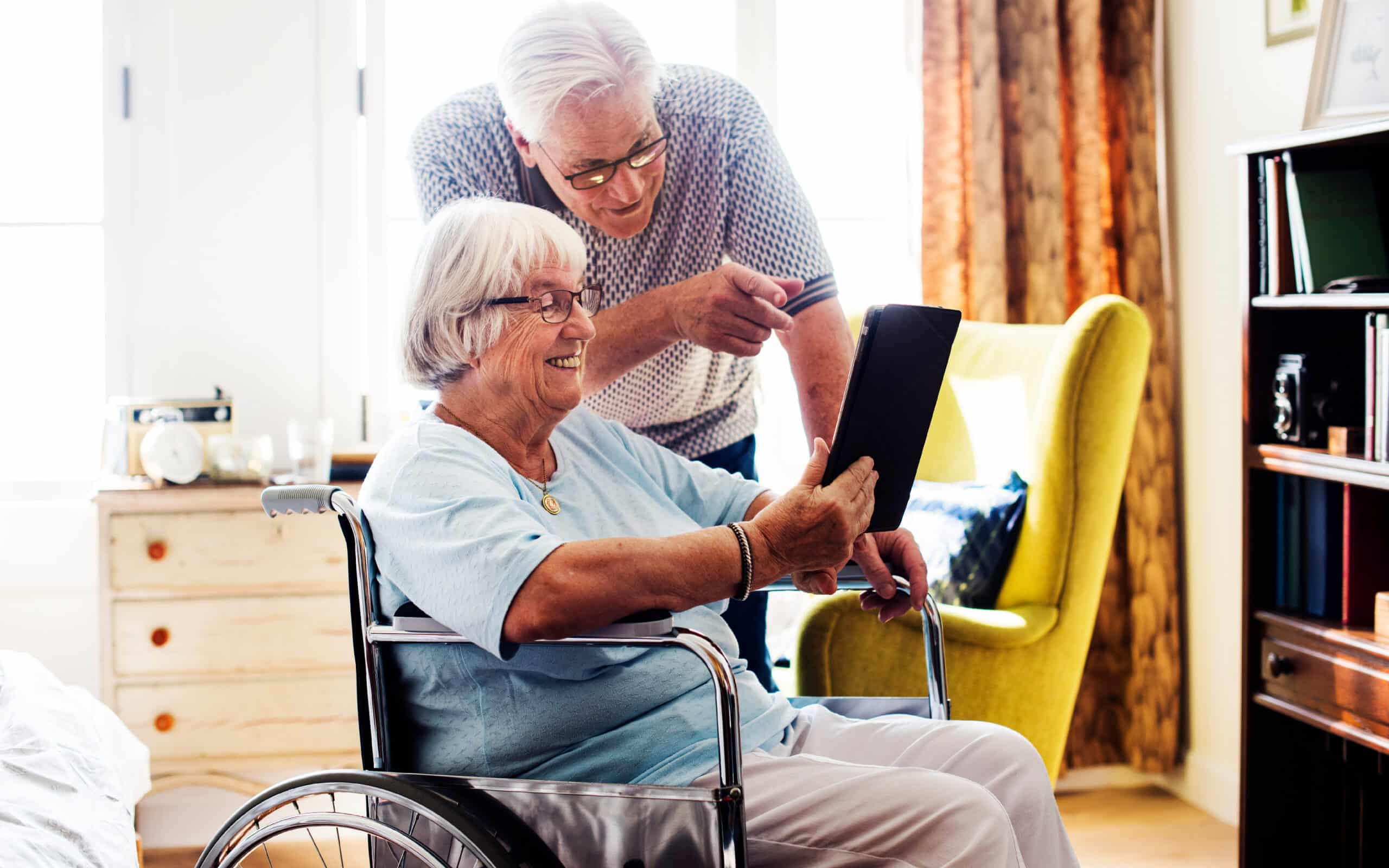More and more older adults are taking steps to stay in their homes as long as possible. Aging in place requires making living spaces more comfortable, safer and easier to navigate.
Let’s take a closer look at the concept of accessible home design and its benefits, as well as how to implement them in your current home.
Understanding the Concept of Accessible Home Design
Accessible home design, also known as universal design, is a principle that caters to a wider range of human abilities. It’s about making a home usable by all residents to the greatest extent possible without the need for adaptations or specialized designs.
The significance of accessible home design for homeowners lies in its ability to accommodate everyone’s needs, regardless of their age, disability or other factors that might limit their mobility.
The Importance of Accessibility in Home Design
Opting for an accessible home design comes with many benefits. For starters, it enhances the functionality of your home, making it easy for everyone to use — especially older adults with limited mobility. It promotes inclusivity by accommodating resident and guest needs .
Accessible home design is particularly important for senior citizens who live alone to maintain their independence.
Accessible home design may also boost a property’s resale value. Future buyers could be motivated by the house’s universal appeal and practicality. It also reduces the risk of accidents at home because it considers safety features essential for different individuals.
Accessible Home Design Ideas
Integrating accessibility into your home doesn’t necessarily mean a total overhaul. Here are some simple yet effective ideas you can consider:
- Wide Doorways and Hallways — Wider passages make it easier for wheelchair users and individuals with mobility aids to move around.
- Lowered Countertops and Workspaces — Lowered surfaces improve usability for wheelchair users or those who prefer to sit while working.
- Single-Level Living Spaces — These eliminate the need for stairs, making it easier for everyone to access all areas.
- Zero-Step Entrances — These entrances reduce the risk of tripping or falling at entry points.
- Wheelchair Accessible Bathrooms — Incorporating roll-in showers, lowered sinks, and raised toilets can significantly improve bathroom accessibility.
- Grab Bars in Key Areas — These provide extra support in areas such as bathrooms and stairs.
- Lever-style Door Handles — Easier to operate than traditional doorknobs, especially for those with limited hand strength.
- Adjustable Closet Rods and Shelves — They allow easy access to stored items for people of all heights and physical capabilities.
- Non-slip Flooring — This reduces the risk of slips and falls.
- Good Lighting — Proper lighting helps prevent accidents and improves visibility.
- Touch or Voice-Activated Devices — These help those with limited mobility or visual impairments.
How to Implement Accessibility in Your Current Home
Implementing these ideas into your current home design starts with understanding the specific needs of your family. A great way to start is by making small changes such as installing grab bars or changing door handles.
For complex modifications such as widening doorways or creating zero-step entrances, it’s best to consult with professional designers or contractors with experience in accessibility. They can offer guidance regarding your specific situation and ensure the changes meet regulatory standards. You can also start a conversation with the experts at Havenside, where we can guide you through the process of home modifications.
More Accessible Home Design Ideas With Havenside
At Havenside, our mission is to help homeowners make their homes safer and more mobile as they age. Our team is equipped with a wealth of knowledge on accessible home design ideas, including how to source, purchase, and install home modifications.
Accessible home design is a worthwhile investment that not only enhances your quality of life but also increases your property’s value while promoting inclusivity. Start small if necessary and gradually transform your space into a comfortable haven for everyone.

